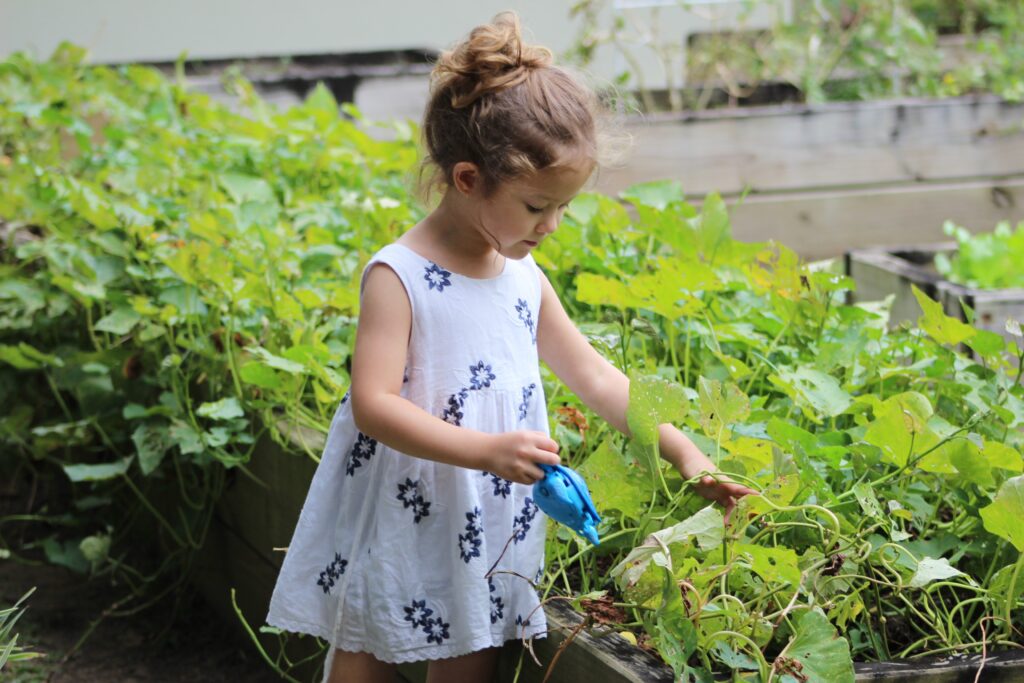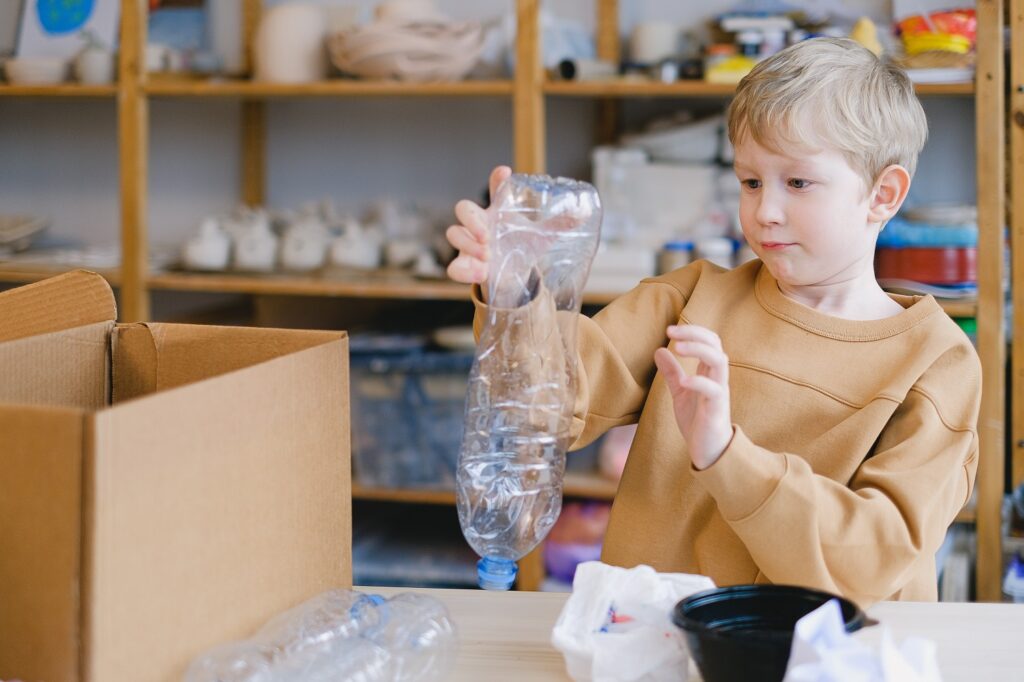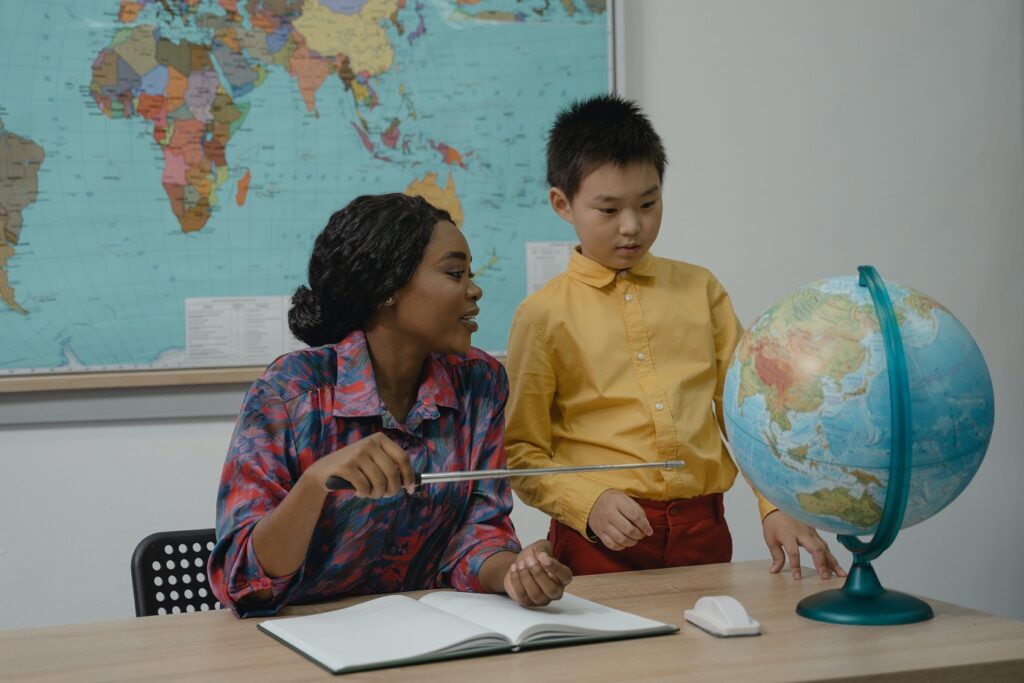As of right now, the world is clocking in at about 7.75 billion people. The Earth provides us with an untold amount of resources. It gives us a home, nourishment, and shelter from the elements. But its resources are limited, so we must innovate and implement measures to keep human demands on the Earth at a reasonable level.
When tackling systemic issues, we firmly believe education is of primary importance. How we approach the health and resources of our planet is no different. Our planet is crucial for our survival, and teaching kids about its significance and beauty is essential. Here are ten ways you can start teaching children about our planet.
1. Educate About Earth Day
You may have heard of Earth Day, but do you know when it started? Or who created it? Many kids’ answers are most likely no, so teaching about this international holiday is a great way to get them to learn. Starting with humble beginnings and now supported by the EARTHDAY.ORG organization to reach over 190 countries, Earth Day is a reminder to celebrate our planet and an opportunity to learn how to preserve it all year round.
2. Find Actionable Ways to Make Change
From organizing cleanups to planting a tree, find ways you can encourage kids to act. Teach them what changes these efforts have made and what their help can do. Every bit of innovation and action can help our planet, so finding ways to teach children about those efforts could have a rippling effect.

3. Explore the Environment
Showing children the exact environment they’re helping to save can be profoundly encouraging. Whether it’s a place that’s already healthy or somewhere needing help, getting out there and seeing nature is a great way to teach about the planet — take walks everywhere, get outdoors and stay active. Being outside allows children to explore and learn about the Earth from an early age.
4. Create Homes for Wildlife
You can do this at a school, near an office building (with permission), or even in a backyard. Helping out your local ecosystem ensures a healthy environment and can reduce the chances of extinction for many species. Teach kids about the nearby animals and plants and how they can create habitats for them. Creating gardens and natural spaces where animals can thrive will teach kids to respect the environment and learn about local species.
5. Talk About Recycling
You probably learned about reducing, reusing, and recycling in school, but you might not remember what that really means or how to embrace it now with the kids in your life. Change this cycle by educating yourself and others about the best ways to practice these standards. You could even find resources to show the positive effects of the “reduce, reuse, and recycle” idea.

6. Do Local Cleanups
One way to show children how to not litter is to participate in local cleanups. Gather some gloves and trash bags and take them somewhere where trash impacts the area — for instance, the beach, a riverbank, or a walking path. Talk to the kids along the way about how leaving trash on the ground can harm the plants and animals there.
7. Watch Environmental Programs
Start showing kids shows and movies that talk about the environment. You could watch nature documentaries about ocean life together and explain how those programs use technology to support marine biology and study our waterways. Or you can look up clips on YouTube or watch a film like WALL-E. Along with getting kids outside, these kinds of activities will help them learn about the whole planet’s wildlife.
8. Explain Climate Change
As you are talking about our planet, you will probably need to explain why recycling and participating in these environmental activities is essential. Try assigning projects and experiments so that kids can learn about climate change. Let them present their findings so they can learn by teaching others about how climate change impacts the Earth and all its species, including humans.

9. Encourage Adaptive Behaviors
With the increase in population and the quick-driven pace of society, there are ways humans have changed the world that would be hard to come back from. Reminding children that change isn’t necessarily bad is vital, but we can adapt to be more ecologically friendly. Living in the Anthropocene — the age of man — means there should always be the hope of making these changes.
10. Lead by Example
Kids often learn by watching what adults do. Incorporating sustainable habits into your home or classroom will only go so far if it’s just the children following them. Think about ways you can also display these ideals in your own life. It will show the kids that this is something that adults find important.
Teach Children About the Earth
Children are our future, so teaching them to care about the environment creates a generation dedicated to conservation. When you teach kids about the planet and the environment, they master how to show respect for all things.
 Food
Food Farmers
Farmers Sustainable Living
Sustainable Living Living Planet
Living Planet News
News